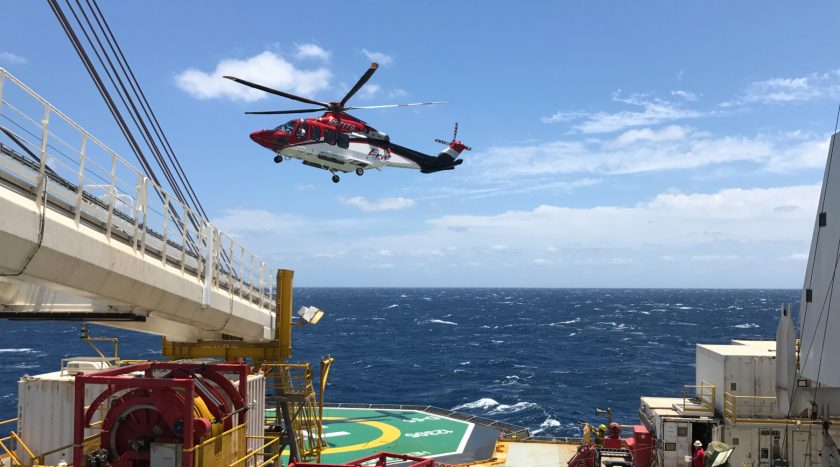Exploring Methane Hydrates
October 10, 2022

5-22% of Earth’s global organic carbon is trapped in gas hydrate, an ice-like substance composed largely of methane and water. Most of this massive carbon reservoir lies in continental margin sediments within a layer that extends downward from the seafloor and can reach thicknesses of ~1,000 m. This layer interacts with the Earth’s ocean and, occasionally, the atmosphere. This dynamic carbon reservoir is a potential energy resource, a potential source of geohazards, and a potential driver for climate change. We link field and laboratory measurements with theoretical models to illuminate how these hydrate reservoirs form and how these reservoirs respond to perturbation.